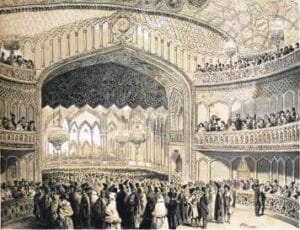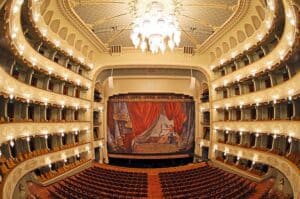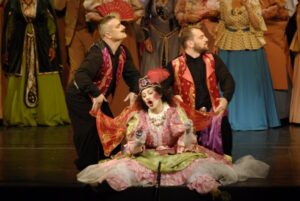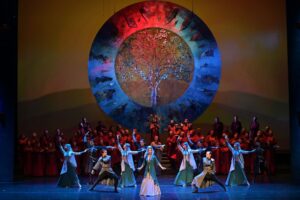The Opera and Ballet Theater of Tbilisi has a rich history and offers a diverse range of opera and ballet performances – from traditional masterpieces to innovative contemporary offerings. Built in the late 19th century, the theater showcases a stunning blend of neoclassical and Moorish architectural styles as well as opulent interiors, creating a majestic environment to see high art. As with many long-standing cultural institutions, the history of the Opera and Ballet Theater of Tbilisi is deeply intertwined with the history of the country in which it resides, meaning that understanding this grand institution and seeing a performance within its walls can add to your understanding of Georgian history and culture in general.
Early History of the Opera and Ballet Theater of Tbilisi
The Opera and Ballet Theater of Tbilisi opened in 1851, exactly fifty years after Imperial Russia officially annexed Georgia. The timing was not coincidental – Georgia had been difficult to capture and challenging to hold. In fact, in 1832, political unrest boiled over in a plot by the Georgian aristocracy to overthrow the colonial government. The scheme was put down with numerous arrests and tightened laws.
In 1844, Mikhail Vorontsov (1782-1856) was appointed viceroy of the Caucasus. Rather than continue his predecessors’ militant approach to governance, Vorontsov sought to quell rebellion through cultural assimilation, beginning with plans to build an opera house. To Vorontsov, the goal of the theater ran deeper than simply providing an artful distraction from politics, as explained. In a letter dated 14 July 1849 to Prince Pyotr Volonsky (1776-1852), the viceroy explained that the theater would not only be an institution of “entertainment and fun” but a means of “familiarizing the local people with the Russian language, Russian habits, and their gradual merging with Russia.”[1]
So, in 1847, Italian architect Giovanni Scudieri (1817-1851) was hired to construct the Tiflis Opera House on Rustaveli Avenue, one of old Tbilisi’s main thoroughfares. The interior of the opera house was lavishly decorated in gold, silver, and silk, and had a massive chandelier installed. The Russian painter Grigory Gagarin (1810-1893) created the original stage curtain and artwork for the theater. Additionally, a caravanserai was built underneath the opera house as requested by Armenian financier Gabriel Tamamshev.
After four years, the opera house opened to the public on April 12, 1851 with a charity ball, as the stage had not yet been fully completed. The theater held its first official performance in November 1851 when the Italian opera Lucia di Lammermoor by Gaetano Donizetti (1797-1848) was performed by an Italian opera company then touring the Russian Empire. The first ballet performance took place in 1852 with a staging of the second act of Filippo Taglioni’s La Sylphide and Polka-Vengerka (1832) by the St. Petersburg Ballet Company.
After the first season, in which newly premiered Italian operas such as Giuseppe Verdi’s Ernani (1844) and Rigoletto (1851) were staged, the Georgian aristocracy became enamored with opera as an art form. A Georgian opera troupe was quickly formed, which soon included famed singers like Meliton Balanchinadze (1862-1937), who went on to found the Georgian opera school and who would father the world renowned ballet dancer George Balanchine (1904-1983). However, as the national troupe legitimized Georgian culture, and because the theater’s original purpose had been Russian cultural assimilation, the troupe was removed from the stage and replaced by ethnically Russian singers. However, public outrage quickly led to the ultimate reinstatement of Italian and Georgian performers.
The Opera and Ballet Theater of Tbilisi after Reconstruction
Tragically, less than 25 years after the opening performance, the entire opera house burned down on October 11, 1874 destroying Gagarin’s stage curtain, as well as many costumes, props, and musical instruments. Although a shopkeeper in the caravanserai was officially found guilty of arson and exiled to Siberia, many have speculated on the fire’s true origins. While the fire department was located directly across from the opera house, rescue teams arrived after much of the building had already been destroyed, and coincidentally, the fountain in front of the theater had recently been drained.[2] Art historian Maia Sigua suggests two possible culprits: Tamamshev, as the financier received a large insurance reward in the wake of the fire, or the government in St. Petersburg, as the theater’s purpose of cultural assimilation had seemingly failed.
The imperial government held a competition for a new architectural design shortly after the fire and, although it was eventually awarded to German architect Viktor Schröter (1839-1901), the winning design was not finally approved until 1890 and, due to insufficient funding, the reconstruction was often paused for several weeks at a time. Despite the slow rebuilding process, the Georgian National Opera and Ballet Theater, with its neo-moorish facade and traditional European opera house interior, officially reopened in 1896 with Mikhail Glinka’s opera A Life for the Tsar (Жизнь за Царя, 1836). After 1896 the opera house gradually became a leading center of high art in Europe, hosting star companies such as the Italian Opera, Vienna Operetta, and comic opera troupes from Moscow and St. Petersburg. At the same time its own troupe continued to perform European operas in Russian and Georgian – less than fifty years after the art form was first introduced to local audiences.
Maria Perini (1873-1939), a famed Italian dancer and student of Enrico Cecchetti (1850-1928) made her foreign debut at the Georgian National Opera and Ballet Theater of Tbilisi. Leaving a lasting impression on her viewers thanks to her groundbreaking 32-fouettes in Swan Lake (Лебединое озеро, 1895), Perini became the prima ballerina of the company from 1897-1907 and founded the first choreographic studio for classical ballet in Georgia. Her teachings would become the basis for Georgian ballet technique and her students, such as Vakhtang Chebukiani (1910-1992), would continue her legacy as both dancers at the theater and teachers at the Tbilisi Choreographic School.
In 1918-1921, following the revolution, Georgia existed briefly as an independent state. Its arts scene reflected this with the new state fostering its native arts. In 1919, the first Georgian opera, Zakaria Paliashvili’s Abesalom da Eteri (აბესალომ და ეთერი, 1919) was performed at the state opera house.
Although Georgia’s independence was brief, the fame of Georgian opera would live on as, in 1937, the theater was renamed in honor of Paliashvili and for the last several decades, Abesalom da Eteri has been the traditional opening performance of the season. The opera is based on Eteri, an epic poem that dates from the 10th or 11th century that tells of tragic love between a prince and a peasant girl who are then held apart by the prince’s servant who uses sorcery and lies to try to steal the peasant girl for himself.
The first Georgian ballet The Heart of the Mountains (მთების გული, 1936) composed by Andria Balanchivadze (1906-1992) and choreographed by Perini’s student, Vakhtang Chebukiani, premiered at the Tbilisi Z. Paliashvili Opera and Ballet State Theater in 1936.
In 1973, almost a century after the theater burnt down, the interior of the opera house was once again destroyed by flames. The theater’s impressive stage curtain, designed by Sergo Kobuladze (1909-1978) in 1960, was destroyed along with costumes, stage materials, museum artifacts, and archival records. By 1978 the opera house was rebuilt by architects Leri Medzmariashvili and Murtaz Chachanidze. In addition to the main performance hall, six rehearsal studios were built and three breathtaking halls were added to the foyer (the Red, Blue, and Mirror Halls). Thanks to increased funding in arts and culture following the Rose Revolution in 2003 and foreign donations from companies in Germany, Austria, and Serbia, the opera house was again renovated in 2010-2015 under the direction of Leri Medzmariashvili. During this renovation, Kobuladze’s famed stage curtain was recreated, the foundation and ceiling were reinforced, and additional exhibition areas to display theater artifacts created.
The Tbilisi Opera and Ballet State Theater has been under the direction of tenor opera singer Badri Maisuradze (1966-present) since 2016 while the state ballet has been led by internationally acclaimed ballerina Nina Ananiashlivi (1963-present) since 2004. Under her direction the company has expanded its repertoire to include works by choreographic masters such as George Balanchine, Frederick Ashton (1904-1988), and Mikhail Lavrovsky (1941-present).
With its rich history, stunning architecture, and awe-inspiring performances, the Tbilisi Opera and Ballet State Theater is a must-see destination for all who visit Georgia’s capital city.
[1] Maia Sigua, “The Curtains of Tbilisi Opera House.” Music in Art, Spring-Fall 2017 Vol. 42 No. 1-2 (Spring-Fall 2017): 224.
[2] Malhaz Ebralidze, “Tbilisskaya opera – istoriya sozdaniya,” Tiblisskaya nedelya, January 9, 2013.
You Might Also Like
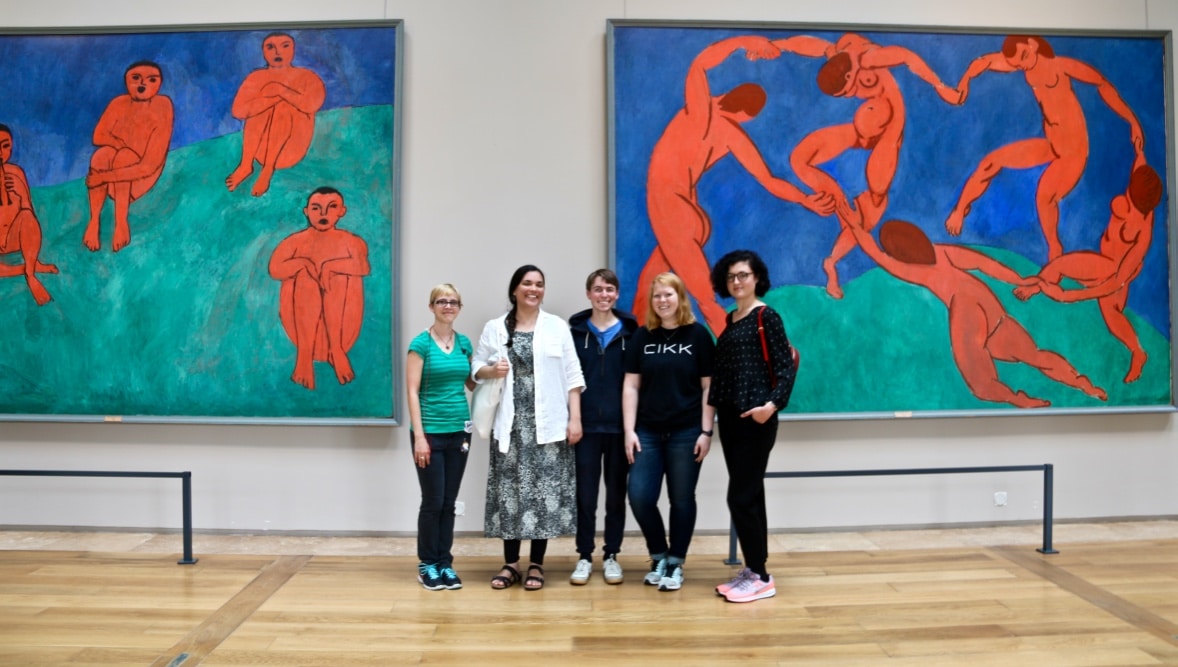
Museums as Self-Care
In 2018, doctors in Montreal began prescribing visits to the Montreal Museum of Fine Arts (MMFA) for patients experiencing depression, anxiety, and other health issues. This innovative approach to mental health treatment was launched under the initiative of the MMFA in collaboration with Médecins francophones du Canada (MFdC). The program allows physicians to provide patients […]
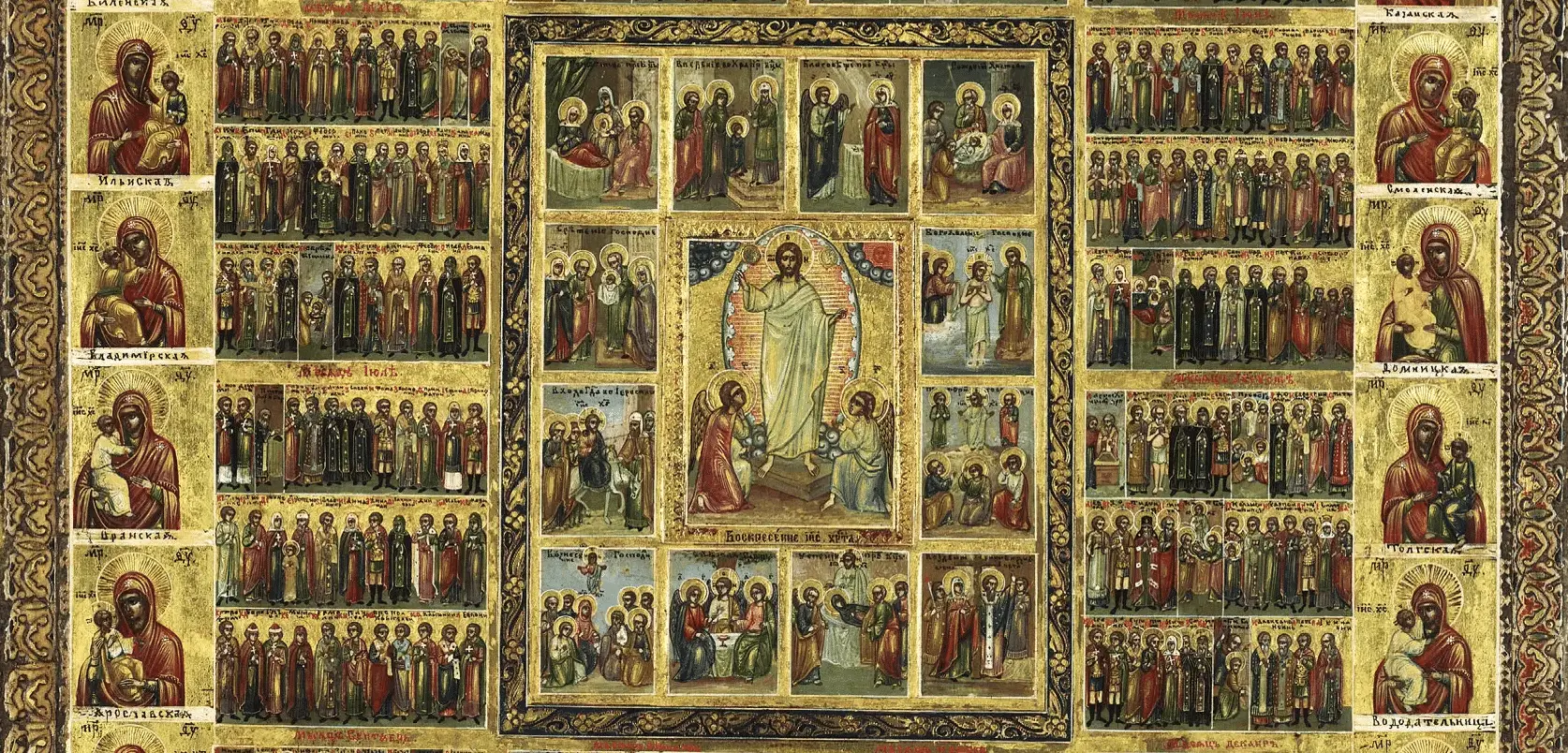
Russian Icons in Detail from The Icon Museum
Russian icons are religious paintings that have been created and used in the Orthodox Christian tradition for centuries. They are an important part of Russian art and culture, and are recognized for their distinctive style and spiritual significance. Icons typically depict religious figures, such as Jesus Christ, the Virgin Mary, and saints, and are intended […]
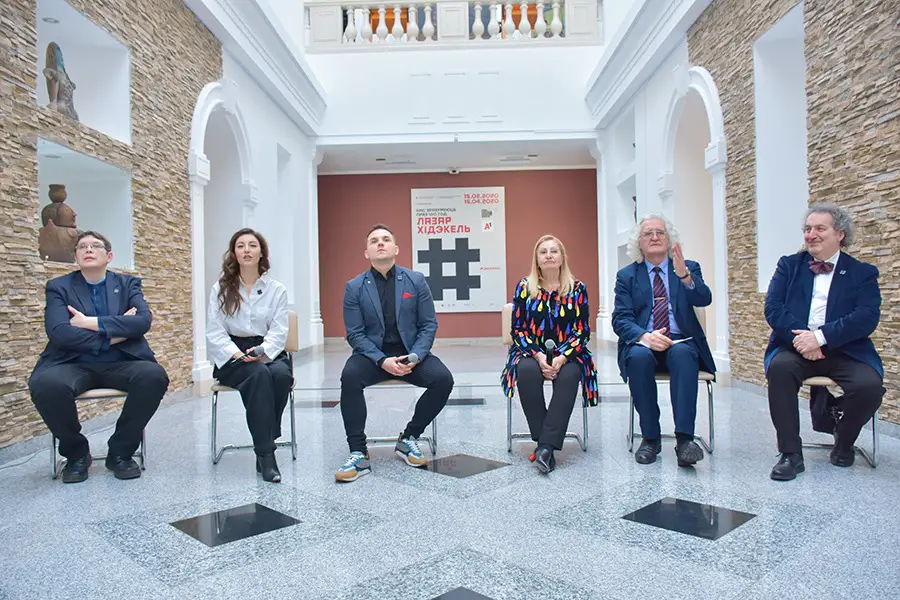
Russian American Cultural Center (RACC) in New York
The Russian American Cultural Center (RACC) is a non-profit organization which facilitates cultural exchanges across the Russian-speaking population of New York City and the tri-state area. The group is particularly concerned with promoting the arts and in illuminating the lives and fates of Jews from Russia and the former USSR. Since the start of the […]
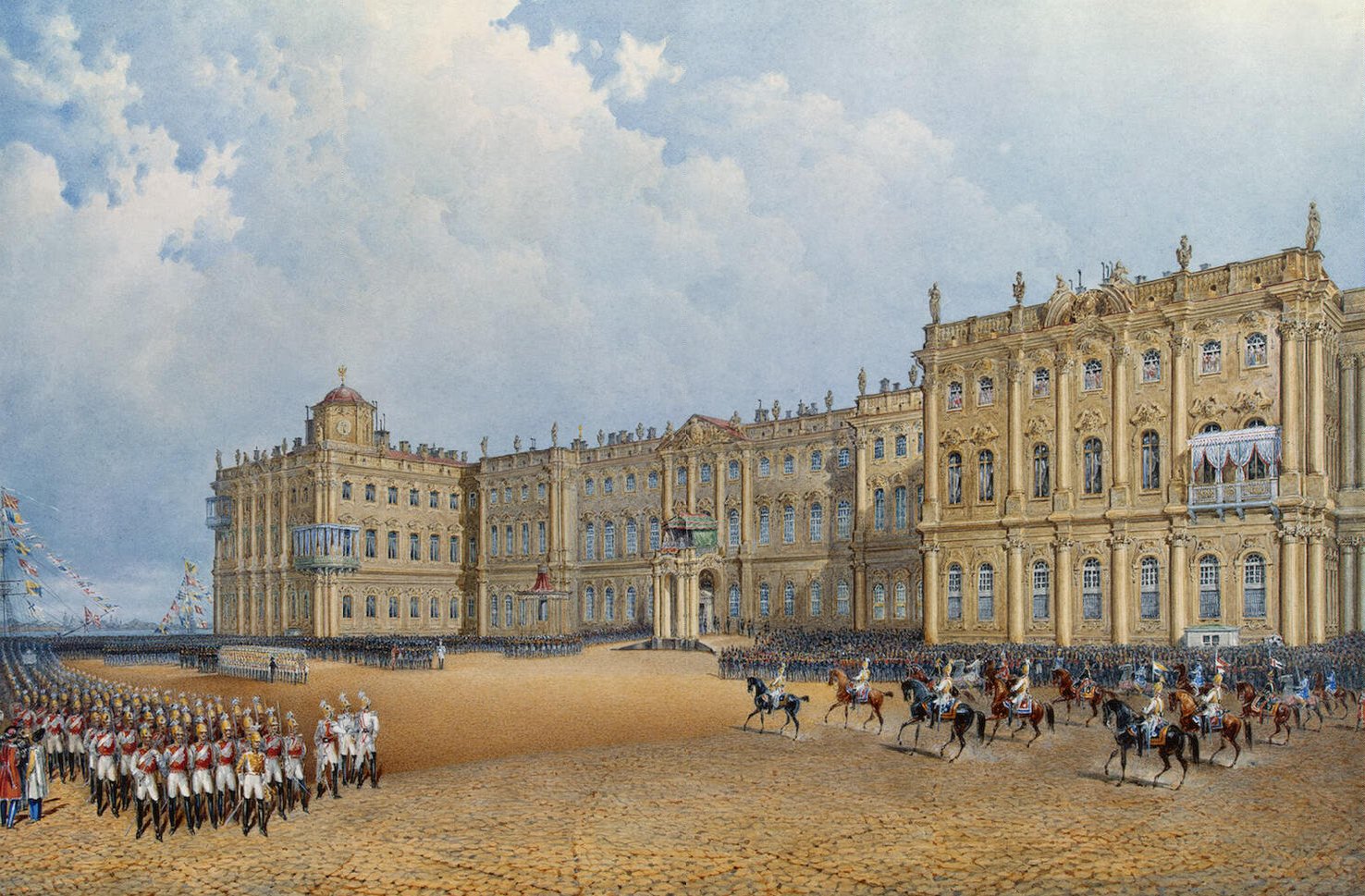
The Hermitage Museum Foundation in New York (Operations Suspended)
The Hermitage Museum Foundation (HMF) is an independent U.S. foundation and nonprofit based in New York City. Founded in 1994, the HMF contributes to the preservation and promotion of the State Hermitage Museum in St. Petersburg while fostering cultural exchange and scholarship between the U.S. and Russia. The Foundation is committed to using art and […]
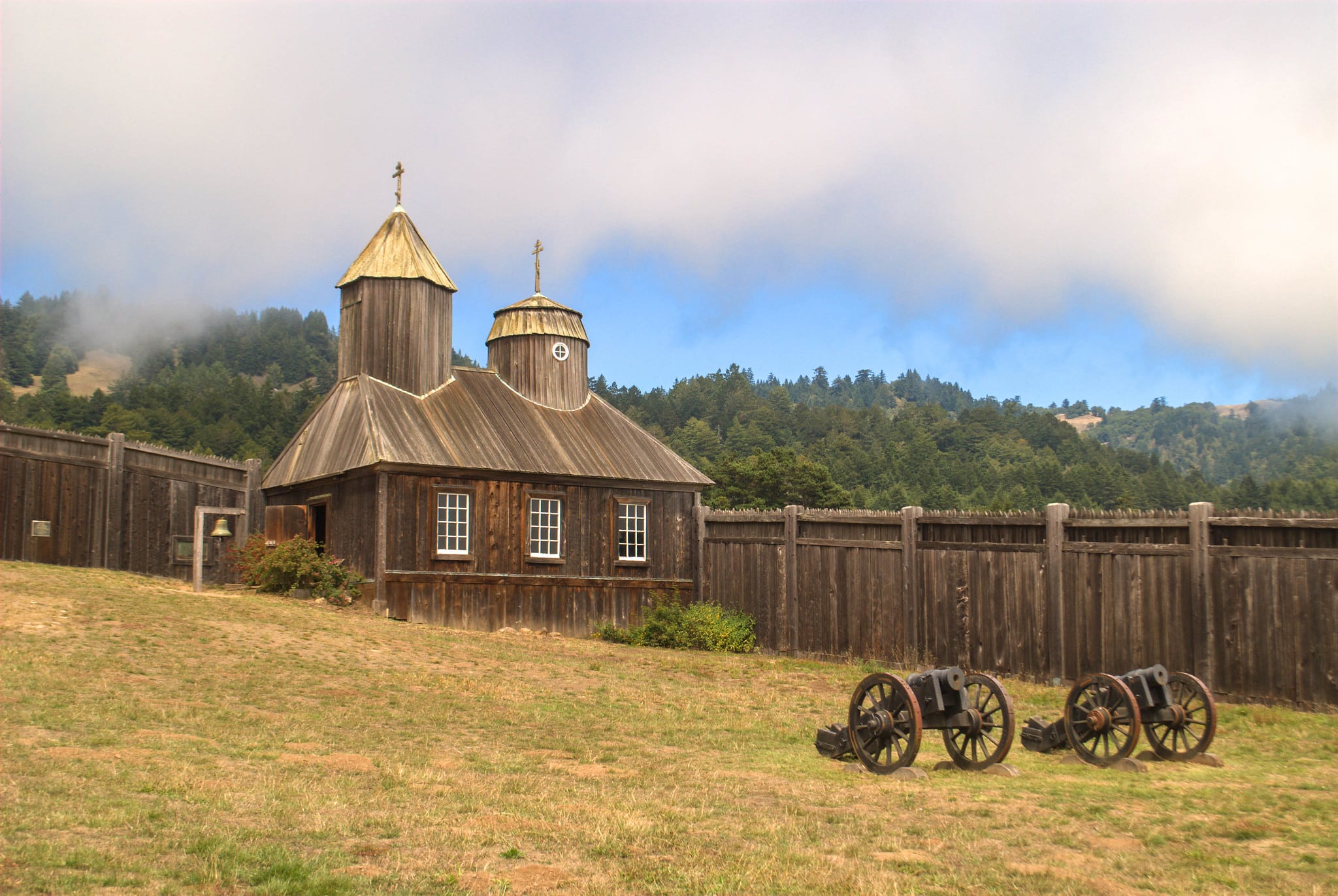
Fort Ross State Historic Park, California
Fort Ross State Historic Park is a Russian imperial-era settlement located in what is now Sonoma County, California, about two hours north of San Francisco. It is one of the most striking examples of Russia’s history in North America, particularly in the territories now within the United States. A bold attempt at establishing a greater […]



